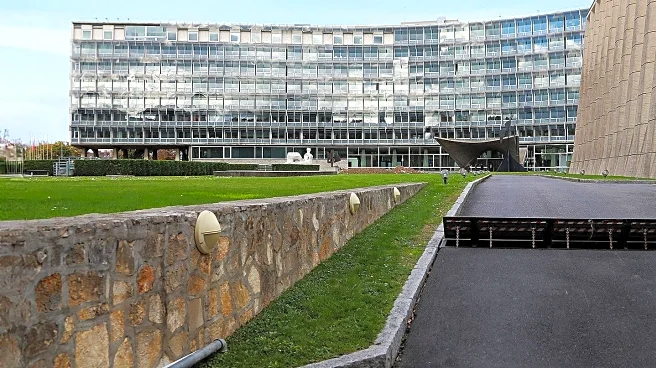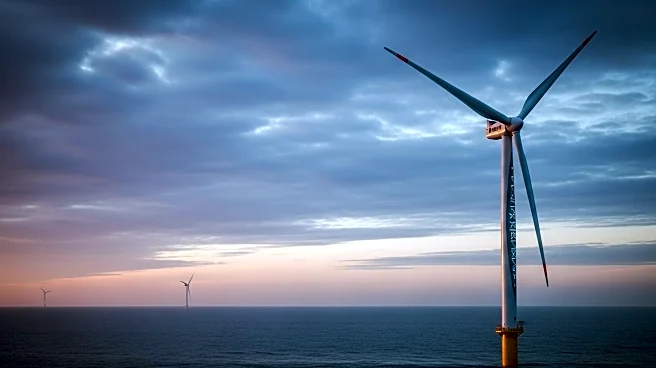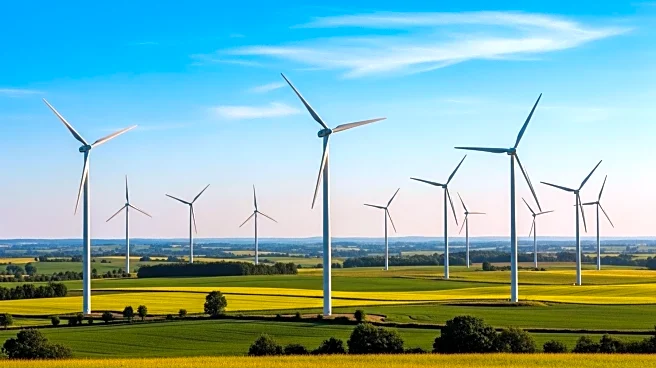What is the story about?
What's Happening?
The Centre International d’Art et du Paysage—Île de Vassivière (CIAPV), located on a forested island in the rural Plateau de Millevaches in Nouvelle-Aquitaine, France, is taking steps to reduce its carbon footprint. Despite its remote location, the art center's emissions are primarily due to visitor travel, as public transportation options are limited. Executive Director Alexandra McIntosh is focusing on leveraging the natural environment to mitigate these emissions. The center plans to increase biodiversity and reduce surface and air temperatures by initiating wild growth in open fields and developing a 'test forest' with minimal human intervention. Collaborations with local organizations and experts aim to enhance insect life and plant diversity, contributing to a more sustainable ecosystem.
Why It's Important?
The efforts by CIAPV highlight the challenges faced by rural arts centers in balancing international appeal with environmental responsibility. By focusing on ecological sustainability, CIAPV sets a precedent for other institutions in similar settings. The initiative not only aims to reduce the center's carbon footprint but also enhances the local biodiversity, which can have long-term benefits for the environment. This approach reflects a growing trend in the arts community to address climate change and environmental impact, potentially influencing public policy and encouraging other sectors to adopt similar practices.
What's Next?
CIAPV plans to continue its ecological initiatives by working with local organizations to monitor biodiversity changes and assess the effectiveness of its rewilding efforts. The center will also maintain its international exhibition and residency programs, while engaging artists in discussions about environmentally friendly practices. These steps may inspire other arts centers to adopt similar measures, potentially leading to broader changes in how cultural institutions manage their environmental impact.
Beyond the Headlines
The CIAPV's approach to sustainability raises questions about the role of cultural institutions in addressing climate change. By integrating ecological considerations into its operations, the center challenges traditional practices and encourages a reevaluation of how art and environmental stewardship can coexist. This shift may influence artists and visitors to consider their own environmental impact, fostering a culture of sustainability within the arts community.
AI Generated Content
Do you find this article useful?














